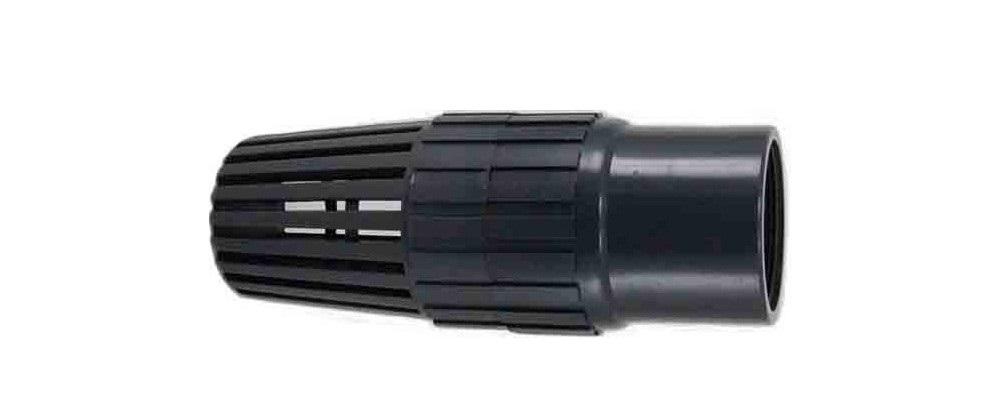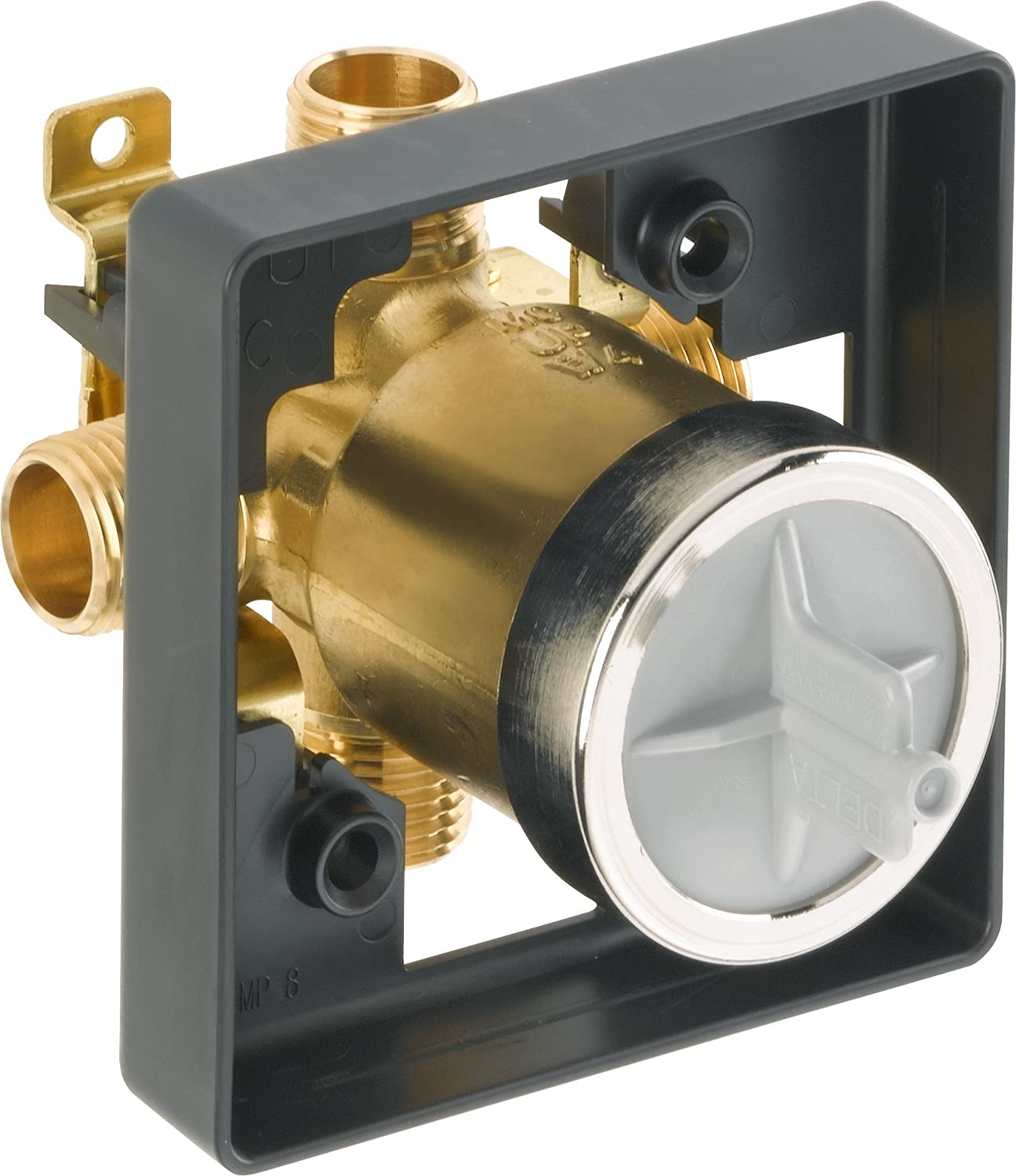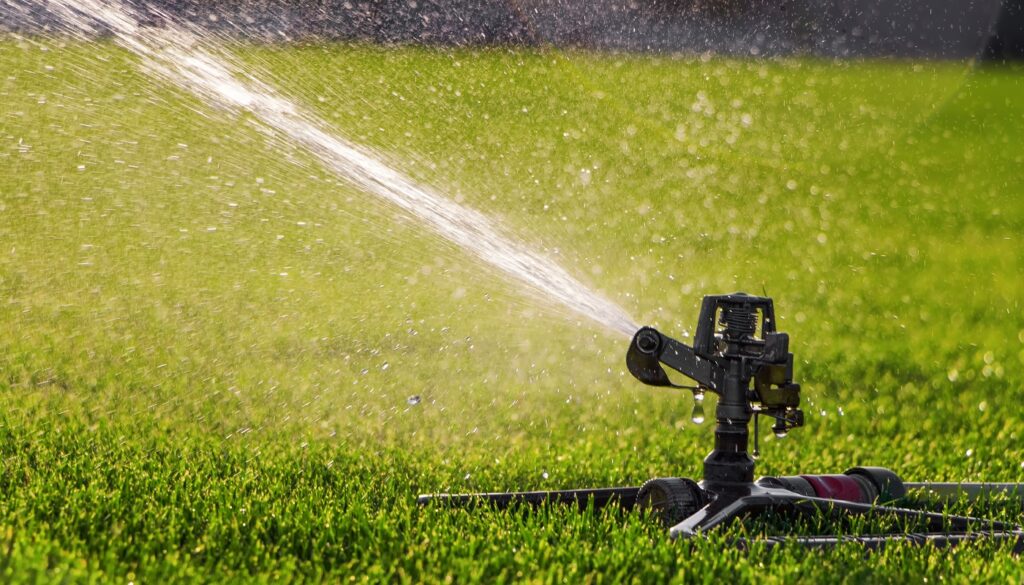Bearings Explained: Types, Functions, and Key Maintenance Tips
Bearings are mechanical elements that play a vital role in reducing friction and supporting movement within machines. These small yet powerful components are found in virtually every piece of equipment that involves rotational or linear motion. This article explains the different types of bearings, their functions, and why regular maintenance is essential, especially in relation to PVC geomembrane projects.

What Are the Main Types of Bearings?
Several types of bearings are designed for various purposes:
- Ball Bearings: Ideal for applications requiring both radial and axial load support, these bearings are used in everything from fans to industrial machines.
- Roller Bearings: With cylindrical rollers, these bearings can handle heavy loads and are often found in conveyor belts and heavy machinery.
- Thrust Bearings: These bearings are designed to manage axial loads and are used in automotive transmissions.
- Tapered Bearings: Capable of supporting both radial and axial loads, they are commonly used in vehicle wheels and other heavy-duty applications.
Choosing the right bearing type depends on the specific needs of the application, including load capacity, speed, and environmental factors.
How Do Bearings Function?
Bearings work by minimizing friction between moving parts, enabling smoother motion. They consist of an inner ring that rotates with the shaft, an outer ring that remains stationary, and rolling elements that reduce friction between these parts.
The cage or retainer keeps the rolling elements properly spaced, while lubrication is essential to prevent wear and ensure smooth operation.
Why Is Bearing Maintenance Important?
Maintaining bearings is critical for machine reliability and performance. Poor maintenance can lead to increased friction, excessive wear, and potential failure. Key maintenance practices include:
- Routine Inspections: Regularly check bearings for signs of wear, noise, and unusual vibrations.
- Correct Lubrication: Use the appropriate lubricant to reduce friction and prevent overheating.
- Clean Environment: Maintain a clean environment to prevent contamination.
- Prompt Replacement: Replace worn or damaged bearings promptly to avoid further damage.
How Bearings Affect PVC Geomembrane Projects
Bearings do not directly interact with PVC geomembranes, but they are crucial for the equipment used in their installation. Machinery like bulldozers, rollers, and excavators relies on well-maintained bearings to function efficiently, which is essential for preparing sites and laying geomembranes.
Regular maintenance of these bearings ensures that the machinery operates smoothly, contributing to the successful installation of PVC geomembranes.
Bearings are indispensable components that help reduce friction and support movement in mechanical systems. While they don’t directly impact PVC geomembrane installations, their role in maintaining the equipment used is vital for successful project execution.


